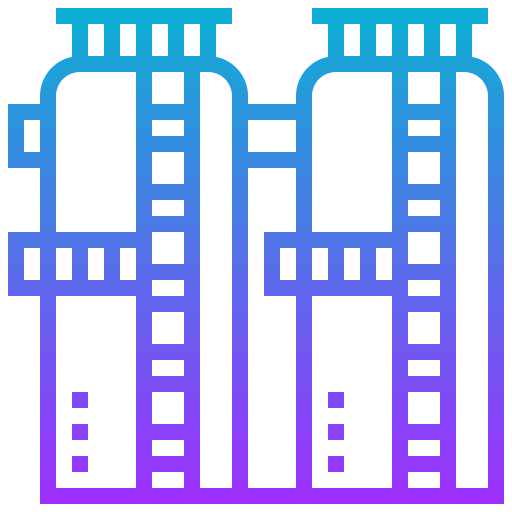
Food and Beverage Industry
The food and beverage industry require the highest standards of hygiene. With the Scrubzone unit you achieve the conditions and measures necessary to ensure the safety of food production. Food can become contaminated at any point during slaughtering or harvesting, processing, storage, distribution, transportation and preparation. Lack of adequate food hygiene can lead to foodborne diseases.

Super Market Chains
Every food business is required to follow the legal requirements for food safety. Supermarkets, grocery stores and other businesses in the food retail sector are no exception. The general principles of food safety require every business operator along the food chain to ensure that the safety of food is proactively managed and maintained.

Fast Food Industry
Viruses, bacteria, and parasites are commonly transmitted to food by way of improperly washed hands. Approximately 97% of foodborne illness in the U.S. can be attributed to improper food handling practices. The Scrubzone unit with automated registration system enables supervisors to monitor and manage the hygiene efficiently and adequately.

Medical and Military facilities
Hand hygiene is described by many health care workers as the single most important tool in preventing the spread of health care-associated infections between patients.

Schools and Universities
Hand hygiene at home, school and within our communities plays an essential role in helping to reduce the spread of infectious diseases. The impact of poor hand hygiene habits is linked to increased occurrences of illness, absences, and their associated costs. A renewed commitment to “shared responsibility” in our homes and classrooms may be one of our most important infection prevention strategies.

Airports
Increasing hand hygiene at airports could inhibit potential pandemics by 24% to 69%. Even increasing hand hygiene at just the 10 busiest airports globally would reduce the spread of an infectious disease such as the novel coronavirus COVID-19 by 37%, according to a study in Risk Analysis.